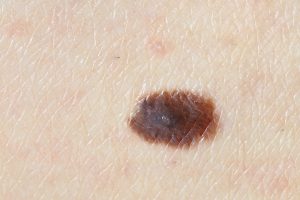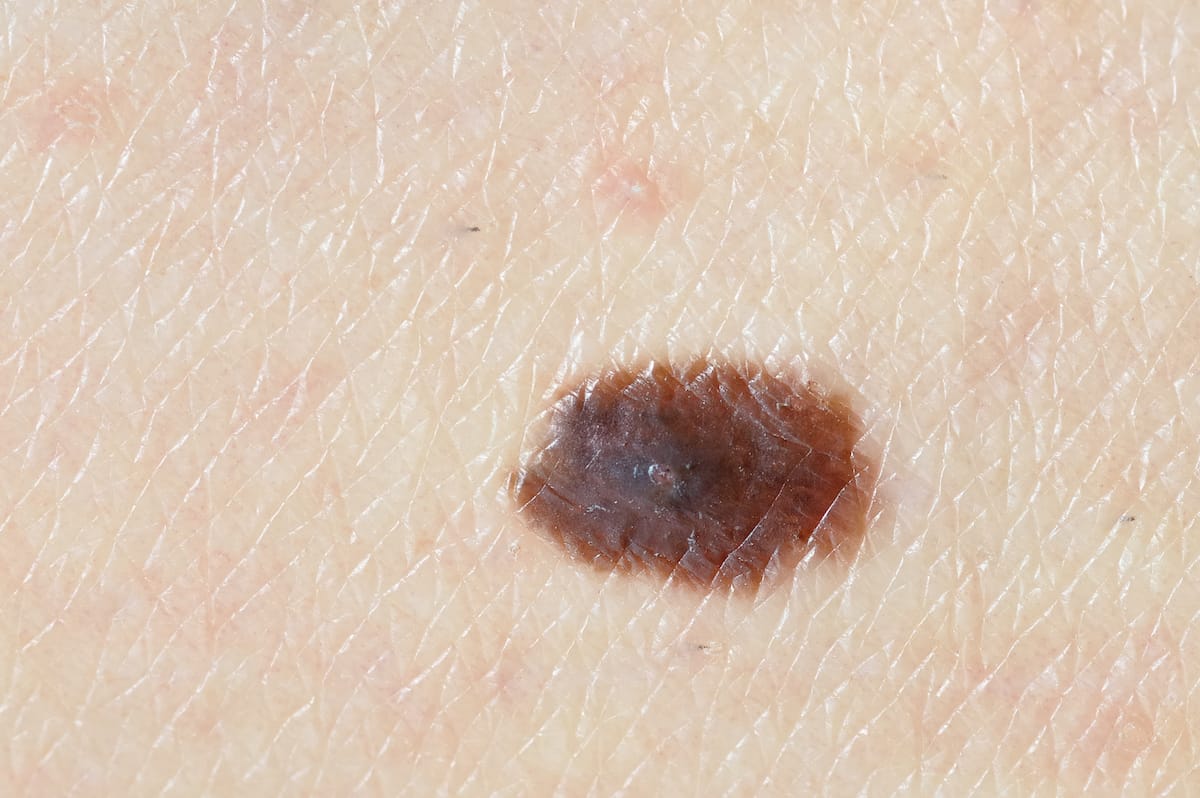 When you hear the words “skin cancer,” many people automatically think of melanoma. While melanoma is the most dangerous form of skin cancer, there are many types of skin cancer. Merkel cell carcinoma, Kaposi sarcoma, actinic keratosis, lymphoma of the skin, and Bowen’s disease are just a few of the other forms of skin cancer. In this post, we will cover some of the other more common types of skin cancer and what you need to watch for.
When you hear the words “skin cancer,” many people automatically think of melanoma. While melanoma is the most dangerous form of skin cancer, there are many types of skin cancer. Merkel cell carcinoma, Kaposi sarcoma, actinic keratosis, lymphoma of the skin, and Bowen’s disease are just a few of the other forms of skin cancer. In this post, we will cover some of the other more common types of skin cancer and what you need to watch for.
Actinic Keratosis: This is actually considered a precancerous area that can develop into squamous cell carcinoma if left untreated. It is usually found in areas of the skin that are exposed to the sun. You will want to watch for any reddish, scaly patches on your skin that do not heal.
Basal Cell Carcinoma: This is the most common type of skin cancer. This skin cancer gets its name from the fact that it develops in basal cells and is found around hair follicles in the deepest layer of the epidermis. It is often found in middle-aged or older individuals and on a sun-exposed part of the skin such as the nose, forehead, cheeks, back, or lower legs. It is usually a slow-growing type of skin cancer. If you have been diagnosed with basal cell carcinoma, you will have a 50% chance of developing a new basal cell carcinoma again within 5 years of your first diagnosis. Watch for any waxy, translucent bumps with blood vessels; bumps that have a dimple in the middle; or a flesh-color lesion.
Squamous Cell Carcinoma: This type of skin cancer is a fast growing and makes up about 20% of all skin cancers. It is found in the epidermis layer of the skin and develops in areas that have been exposed to the sun. It also can appear in scars or areas that have been burnt. Oftentimes, this skin cancer does not spread like other skin cancer, but it can spread to any nearby lymph nodes (which is not common). Check yourself for any lumps that have a rough surface or a reddish, scaly patch of skin that does not heal.
Melanoma: The most dangerous skin cancer, Melanoma, appears in a mole. Melanoma causes approximately 73% of all deaths related to skin cancer. Periodically check your moles and watch for any of the ABCDEs:
- Asymmetrical shape (one side is a different shape from the other side)
- Border irregularities (border is a different color from the rest of the mole)
- Color changes (if the mole has multiple colors in it)
- Diameter (anything larger than a pencil eraser)
- Evolving (it has changed in shape, size, or color)
Symptoms of skin cancer can vary, but it is recommended you schedule an appointment with your physician or dermatologist if you have any of the above symptoms or have any concerns with a patch of your skin that has recently changed.
Disclaimer: This blog provides general information and discussion about medical, cosmetic, mohs, and surgical dermatology. The words and other content provided in this blog, and in any linked materials, are not intended and should not be construed as medical advice. If the reader or any other person has a medical concern, he or she should consult with an appropriately-licensed dermatologist or other health care worker.
